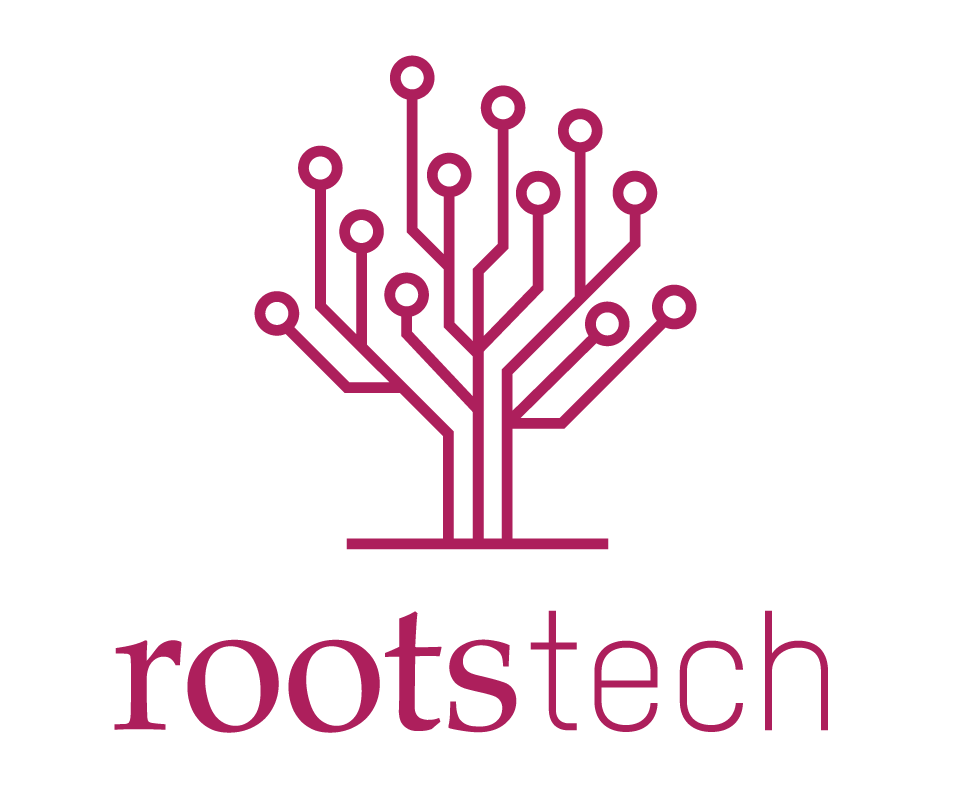The Family History Metadata Working Group (FHMWG) Announces their Formation
Permanent is pleased to be a founding member of The Family History Metadata Working Group (FHMWG), which announced its formation and launch at this year’s RootsTech conference in Salt Lake…
May 20, 2020


